Seoul Mangusan Mountain (망우산(서울))
11.5Km 2021-02-10
San 69-1, Mangu-dong, Jungnang-gu, Seoul
+82-2-2094-2395
Mangusan Mountain at 281.7 meters above sea level spans across Mangu-dong and Myeonmok-dong of Seoul, and Guri-si of Gyeonggi-do. Located on the mountain is Mangu Cemetery, which was designated as a public cemetery in 1933. Since its designation, many popular people have been buried here including children’s literature author Bang Jeong-hwan (penname: Sopa), independence activists Oh Se-chang and Han Yong-un, and Ji Seok-young who pioneered the use of the smallpox vaccination in Korea and was also a Korean linguist. In addition, tombstones bearing chronological listings of seven popular poets and one educator were installed at the park, making the cemetery a venue for historical education. The park also has Sin Gyeong-jin Sindobi, a cultural asset designated as Seoul Tangible Cultural Property No. 95. It is a monument of Sin Gyeong-jin, an official scholar of the Joseon dynasty.
The park also has a 5.2-kilometer-long circular road named “The Thinking Path”. The name was selected through a public competition held in May 1998. Other facilities include the urban environment and nature observation road, a wooden gazebo, and a mineral spring. Thanks to the well managed trees and clean air, the park is visited by many citizens seeking a place to rest.
Gwacheon Chusa Museum (추사박물관(과천))
11.5Km 2023-07-14
78, Chusa-ro, Gwacheon-si, Gyeonggi-do
+82-2-2150-3650
Gwacheon was where Chusa Gim Jeong-hui immersed himself in studies and arts to ignite his final artistic spirit in the twilight of his life. The city of Gwacheon opened Chusa Museum in order to promulgate the essence of the learning and arts that Chusa flowered. The museum features the life exhibit of Chusa, an art and science exhibit, a planned exhibit hall, an experience room, lounges, a museum shop and an education room for thoroughly researching, exhibiting and experiencing Chusa.
Seoul Seokchon-dong Ancient Tombs (서울 석촌동 고분군)
11.6Km 2021-02-26
21, Garak-ro 7-gil, Songpa-gu, Seoul
+82-2-421-0970
The Ancient Tombs in Seokchon-dong were found and investigated as part of the city development project in Jamsil district. It was impossible to determine the full scale of the ancient tombs in this area due to the severity of destruction. The largest tomb, the third tomb, measures 49.6 meters from east to west, 43.7 meters from south to north, and 4 meters in x_height. The tomb features three layers of stones topped by a smooth mound, which is a tomb style originating from the Goguryeo dynasty (37 BC-AD 668). The tombs are presumed to belong to one of the earliest leaders of the Baekje dynasty (18 BC-AD 660), which was founded by the people of Goguryeo who had come down southwards to establish a new kingdom around the Hangang River basin.
The square-shaped fourth tomb features a structure similar to the third tomb. Many pieces of earthenware from the early Baekje era were found in the fourth tomb. Also excavated around this site was a gold spangle earring. The third and fourth tombs have been registered as Historic Site No. 243. The tomb site offers valuable information concerning the culture and customs of the Baekje dynasty in its golden age around the 4th century, as well as the relations between the three ancient kingdoms (Goguryeo, Baekje, and Silla) around that time.
Olive Young - Gongneung Station Branch [Tax Refund Shop] (올리브영 공릉역)
11.6Km 2024-04-18
Store #104, B2, 74, Dongil-ro 192-gil, Nowon-gu, Seoul
-
Deungchon Kalguksu Beoseot Maeuntang (등촌칼국수버섯매운탕)
11.7Km 2021-03-27
68, Hwagok-ro 64-gil, Gangseo-gu, Seoul
+82-2-3661-2744
This place is known for generous servings and healthy meals. This Korean dishes restaurant is located in Gangseo-gu, Seoul. The representative menu is noodle soup.
Songnidan-gil Street (송리단길)
11.7Km 2025-01-23
Baekjegobun-ro 43-gil, Songpa-gu, Seoul, and surrounding areas
Located south of the eastern side of Seokchon Lake, this street is home to numerous restaurants and cafes. Its name comes from the combination of Songpa-dong and Gyeongnidan-gil Street in Itaewon, Seoul, meaning the “Gyeongnidan-gil Street of Songpa-dong.” This street began as an otherwise unremarkable street that faced the eastern side of Seokchon Lake. Today’s “Songnidan-gil Street” came to be as cafes moved into the neighborhood, followed by restaurants and photography studios. Songnidan-gil Street is a popular hangout for young Seoulites in the southeastern side of Seoul, so on weekends, one can often find them conversing in cafes, going for drinks in bars, or waiting in line for the hottest restaurants in the neighborhood.
Samseongsan Holy Ground (삼성산성지)
11.7Km 2021-08-17
454-16, Hoam-ro, Gwanak-gu, Seoul
+82-2-875-2271
During the Gihae Persecution of 1839, three French Catholic priests were sentenced to death for spreading Catholicism in Korea. Saint Laurent Joseph Marius Imbert (Bishop), Saint Pierre Philibert Maubant (Priest), and Saint Jacques Honore Chastan (Priest) were beheaded on September 21, 1839 at Saenamteo, currently known as the Saenamteo Catholic Holy Place of the Martyrs, and their bodies were buried at Samseongsan Mountain and later transferred to the grotto of Myeondong Cathedral.
Taerim Sanchaejeongsik (태림 산채정식)
11.7Km 2021-03-30
32, Nohae-ro 60-gil, Dobong-gu, Seoul
+82-2-998-5468
This restaurant is famous for its dishes of wild vegetables, Deodeok and roots of balloon flowers.
Grilled sliced pork comes with Table d’hote of assorted wild vegetables and grilled Deodeok, and is also very tasty. Water kimchi made from mineral water is deliciously spicy as well.
*Best Korean Restaurant as designated by The Seoul Metropolitan Government
Let's Run Park Seoul (렛츠런파크 서울)
11.8Km 2020-09-01
107, Gyeongmagongwon-daero, Gwacheon-si, Gyeonggi-do
+82-1566-3333
Located north of Seoul Grand Park and Seoulland, Let's Run Park is an international-scale horse racing park. The park was constructed between May 1984 and July 1988, hosting events during both the 1986 Asian Games and the 1988 Seoul Olympics before opening to the general public in September 1989. Main facilities include the race course and grandstand. The grandstand is a large, 6-story building with a single basement level. Each floor offers convenient amenities, including race tickets, restaurants, and snack bars.
Jaunam Hermitage (자운암)
11.8Km 2023-05-08
Gwanak-ro, Gwanak-gu, Seoul
+82-2-882-3839
Jaunam Hermitage was originally built in 1396 by Great Monk Muhak of Joseon dynasty. It was renovated in 1734, and finally took shape of the hermitage we know today in 1976 when Monk Boryun added Daeungjeon Hall, Chilseonggak Pavilion, and Sansigak Pavilion. It is currently located in the famous Jahadong Valley on the Seoul National University campus.
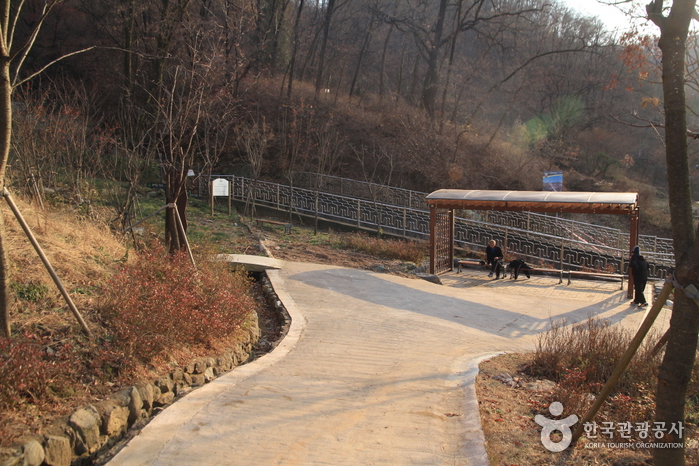


![Olive Young - Gongneung Station Branch [Tax Refund Shop] (올리브영 공릉역)](http://tong.visitkorea.or.kr/cms/resource/47/2889647_image2_1.jpg)
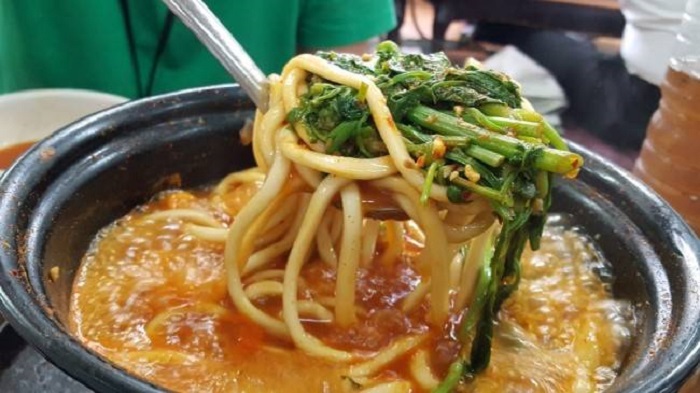
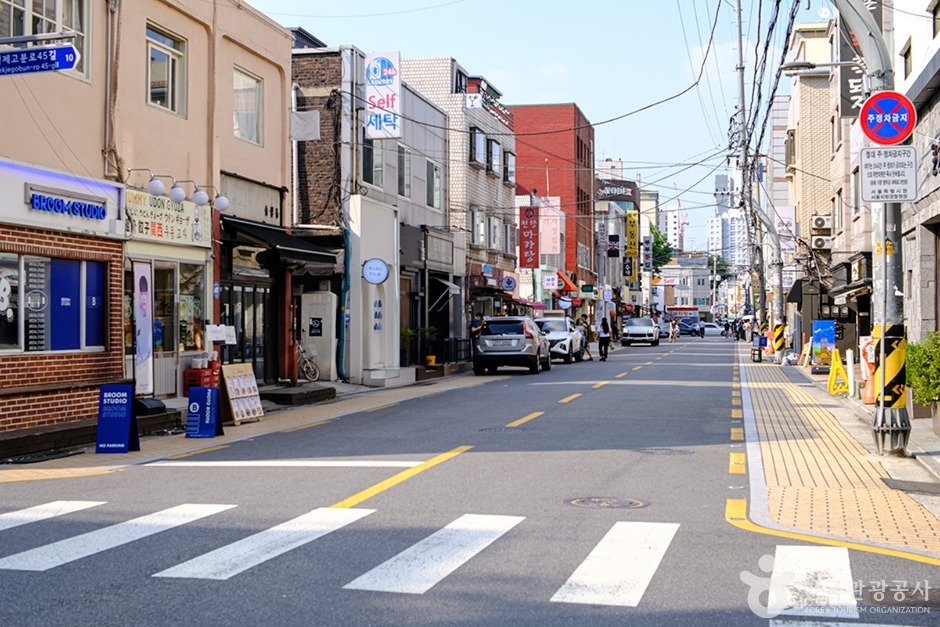
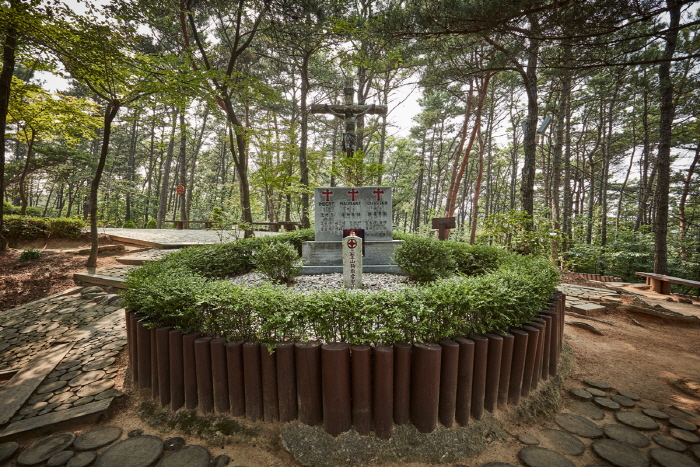
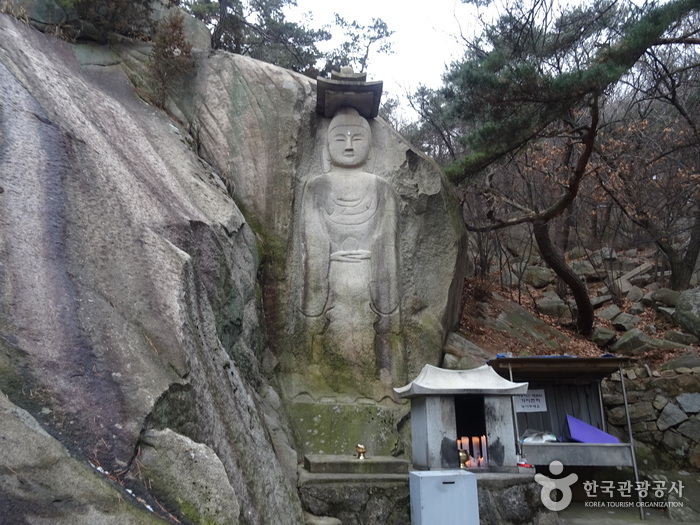
 English
English
 한국어
한국어 日本語
日本語 中文(简体)
中文(简体) Deutsch
Deutsch Français
Français Español
Español Русский
Русский